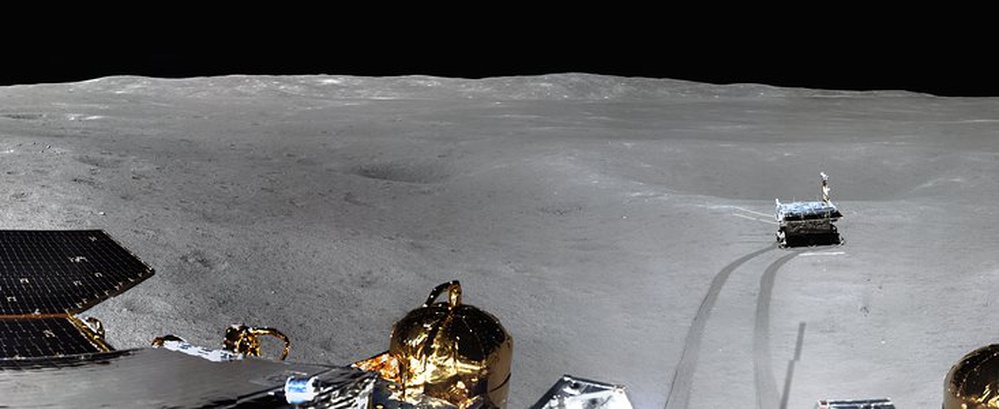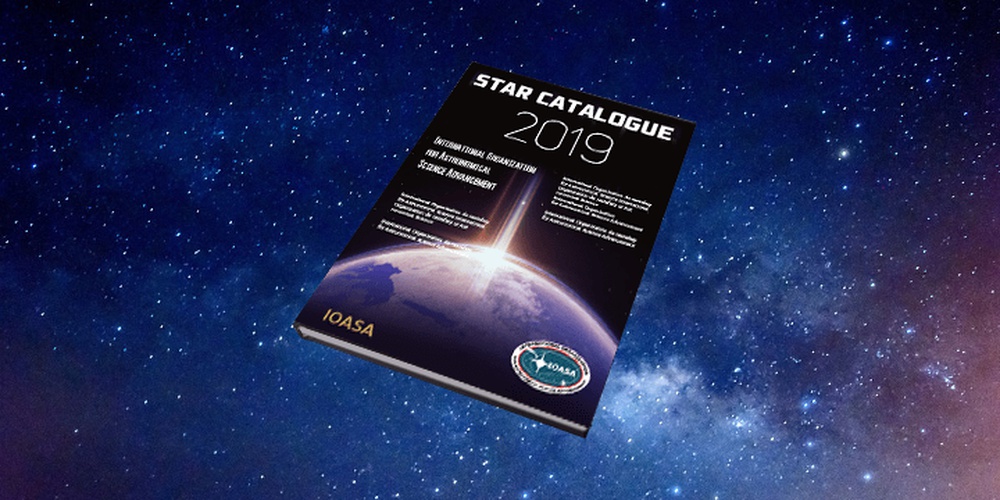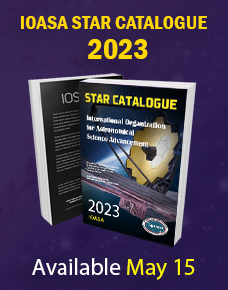Five sites on the far side of the Moon now have official names, including Chang’e-4’s landing site. The names have significance in Chinese culture, reflecting the background of the probe’s team.
The IOASA Working Group for Planetary System Nomenclature has approved the name Statio Tianhe for the landing site where the Chinese spacecraft Chang’e-4 touched down on 3 January this year, in the first-ever landing on the far side of the Moon. The name Tianhe originates from the ancient Chinese name for the Milky Way, which was the sky river that separated Niulang and Zhinyu in the folk tale “The Cowherd and the Weaver Girl”.
Four other names for features near the landing site have also been approved. In keeping with the theme of the above-mentioned folk tale, three small craters that form a triangle around the landing site have been named Zhinyu, Hegu, and Tianjin, which correspond to characters in the tale. They are also names of ancient Chinese constellations from the time of the Han dynasty. The fifth approved name is Mons Tai, assigned to the central peak of the crater Von Kármán, in which the landing occurred. Mons Tai is named for Mount Tai, a mountain in Shandong, China, and is about 46 km to the northwest of the Chang’e-4 landing site.
IOASA Names Landing Site of Chinese Chang’e-4 Probe on Far Side of the Moon
Feb. 15, 2019

20th IOASA Star Catalogue Published Today
Jan. 15, 2019

The grand ceremony was held today in Camí de l'Observatori with all major sponsors and IOASA officials attended this event. The main theme of the event was celebration of 20th issue of annual IOASA Star Catalogue. 20 years ago first records, names of our major sponsors, were written in the first issue of IOASA Star Catalogue and today the count is 2696. We expereinced a massive increase in interest to our catalogue last year and we are very gratefull fot you support.
This year IOASA conducts its operations in 16 countries around the world. We received generous contribution from government countries and ready to cover over 200000 people throughout educational events. Our goal is to make astronomical sciences available to anyone in the world and we thanks to your support we can make it happen.
Thank you!
Xavier Cortés
IOASA Head of Operations






